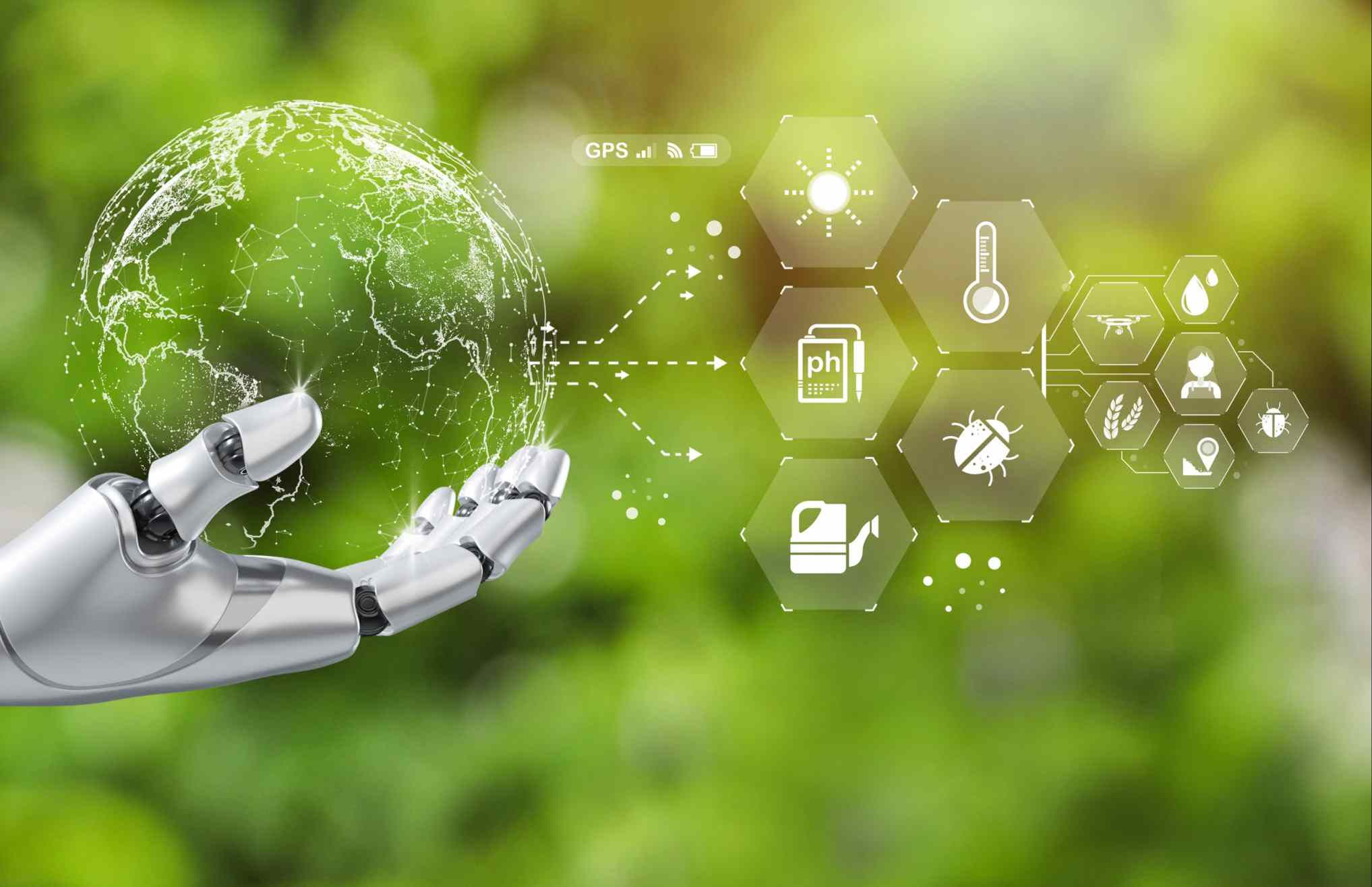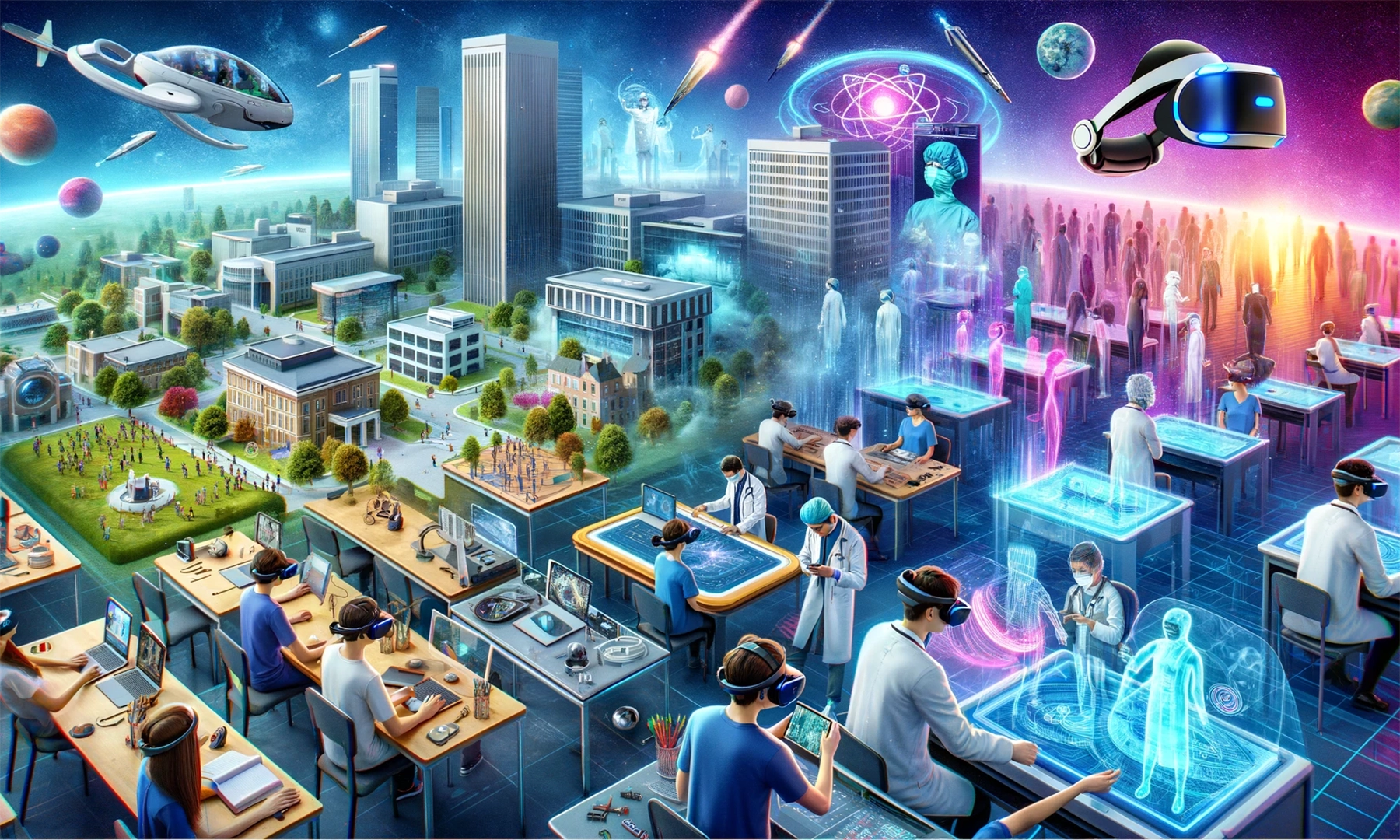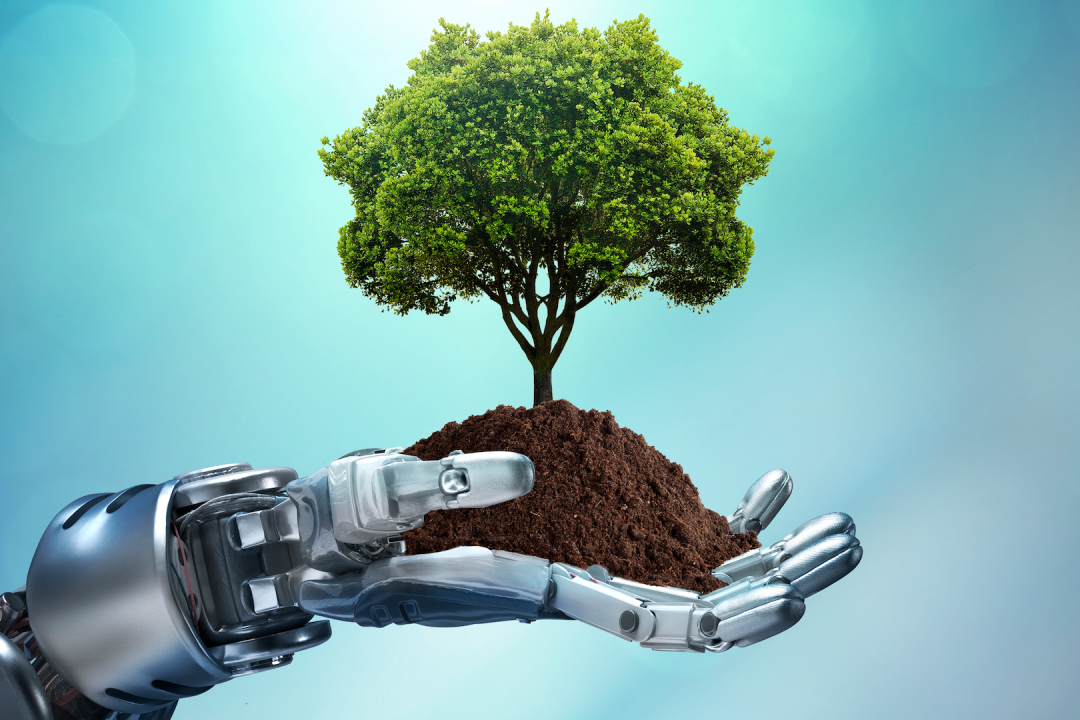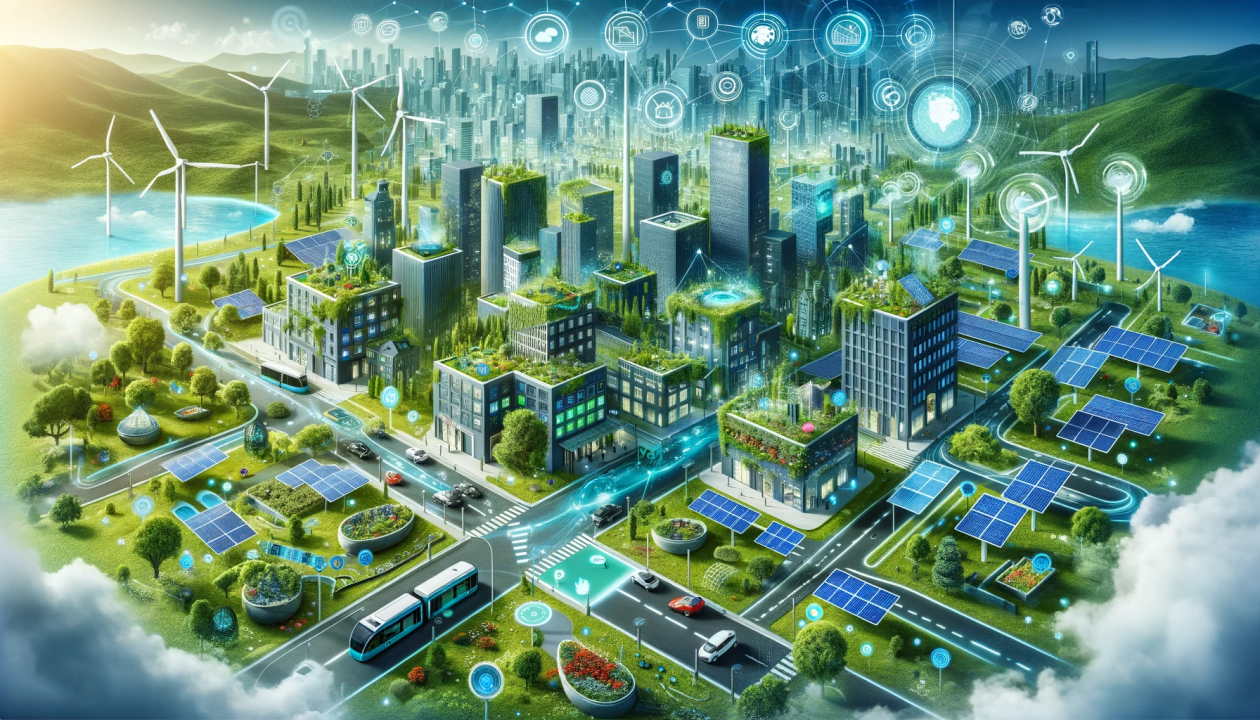Introduction to AI and its role in environmental conservation

As the world grapples with pressing environmental challenges, innovative solutions are emerging from unexpected corners. Enter artificial intelligence (AI), a technology traditionally associated with robots and algorithms but now stepping up as a powerful ally in the fight for our planet’s future. AI-powered tools have begun to redefine how we approach conservation efforts, offering fresh perspectives on age-old problems.
With its ability to analyze vast amounts of data quickly and accurately, AI brings a level of efficiency that can transform everything from waste management systems to wildlife protection initiatives. Imagine harnessing cutting-edge technology to save endangered species or reduce pollution levels—this isn’t science fiction; it’s happening right now. As we delve deeper into the intersection of AI and environmental conservation, we’ll explore groundbreaking innovations that hold promise for achieving sustainable harmony between humanity and nature.
AI-powered solutions for waste management
AI-powered solutions are transforming waste management into a more efficient process. Smart sensors and algorithms help monitor waste levels in real-time. This innovation allows for optimized collection routes, reducing fuel consumption and emissions.
Machine learning technologies can analyze patterns in waste generation. They identify peak times for collections and predict future trends, enabling better resource allocation.
Robots equipped with AI capabilities are enhancing sorting processes at recycling facilities. They can differentiate between materials faster than humans, improving recycling rates significantly.
Furthermore, AI systems can provide insights that inform policy decisions around waste reduction initiatives. By analyzing data on consumer behavior and waste production, these tools assist municipalities in crafting targeted programs to minimize landfill contributions.
The integration of AI not only streamlines operations but also promotes sustainability within urban environments. Every step taken toward smarter waste management contributes to broader environmental conservation efforts.
Predictive analytics for climate change
Predictive analytics is transforming how we understand climate change. By harnessing vast datasets, it helps scientists forecast environmental shifts with remarkable accuracy.
Advanced algorithms analyze historical weather patterns and greenhouse gas emissions to predict future scenarios. This enables policymakers to make informed decisions based on potential outcomes.
For instance, predictive models can assess the risk of extreme weather events in specific regions. Stakeholders can then allocate resources more effectively, preparing communities for impending disasters.
Additionally, these insights contribute to global efforts in reducing carbon footprints. Businesses use this data to develop sustainable practices that align with predicted trends.
The ability to anticipate changes allows us to act proactively rather than reactively. It fosters a culture of preparedness that is essential for combating the pressing challenges posed by climate change.
The use of drones in wildlife protection
Drones have become invaluable tools in wildlife protection. Their ability to cover vast areas quickly makes them ideal for monitoring animal populations and habitats.
Equipped with high-resolution cameras and thermal imaging, drones can spot endangered species without disturbing their natural behaviors. This non-intrusive approach allows conservationists to gather vital data efficiently.
Moreover, drones play a crucial role in anti-poaching efforts. By patrolling difficult terrains, they provide real-time surveillance that helps track illegal activities before they escalate.
The integration of AI enhances drone capabilities further. Algorithms can analyze footage instantly, identifying potential threats or changes in wildlife patterns promptly.
These aerial vehicles also assist in habitat restoration projects by surveying landscapes and mapping out areas needing attention. Their versatility continues to push the boundaries of traditional conservation methods.
Enhancing sustainable agriculture with AI
AI is revolutionizing sustainable agriculture by optimizing resource use and boosting crop yields. Farmers can leverage AI algorithms to analyze soil health, predict weather patterns, and determine the best planting times.
Precision farming technologies allow for targeted irrigation and fertilization. This minimizes waste while maximizing productivity. Drones equipped with AI can monitor crop growth in real-time, identifying areas that need attention or intervention.
Machine learning models assess pest populations and help farmers deploy eco-friendly solutions before infestations escalate. By harnessing data from diverse sources, including satellite imagery and sensors, farmers make informed decisions that align with conservation goals.
The integration of AI not only enhances efficiency but also promotes biodiversity. Sustainable practices supported by artificial intelligence contribute to healthier ecosystems over time. As a result, farming becomes more resilient against climate change challenges while ensuring food security for future generations.
Ethical considerations and concerns surrounding AI in conservation efforts
As AI technology advances, ethical concerns in environmental conservation become increasingly significant. One major issue is the potential for bias in data collection and analysis. If algorithms are trained on flawed or limited datasets, they may perpetuate existing inequalities or overlook marginalized communities affected by environmental policies.
Privacy is another critical consideration. The use of surveillance technologies raises questions about who has access to data and how it’s used. Striking a balance between monitoring wildlife and respecting human rights can be challenging.
Transparency also plays a vital role. Conservation efforts powered by AI should involve open dialogue with stakeholders, ensuring that local voices contribute to decision-making processes.
Dependence on technology could lead to neglecting traditional ecological knowledge. Integrating AI must not overshadow the wisdom passed down through generations of indigenous practices; both approaches should complement each other for holistic solutions.
Future possibilities and potential impact of AI on the environment
The future of AI in environmental conservation is brimming with potential. Advanced algorithms could revolutionize how we monitor ecosystems. Imagine real-time data analysis that detects shifts in biodiversity before they become critical.
AI models can optimize energy consumption across cities, reducing our carbon footprint significantly. Smart grids will adapt to fluctuations in supply and demand, maximizing renewable sources.
In agriculture, AI may facilitate precision farming techniques that minimize resource use while boosting yields. This approach would not only secure food supplies but also maintain soil health for generations.
Wildlife conservation efforts could benefit immensely from predictive analytics, allowing us to anticipate threats and deploy resources effectively. Drones equipped with AI can survey vast areas quickly, identifying poaching activity or habitat loss almost instantly.
As technology advances, the synergy between AI and environmental initiatives will deepen. The possibilities are exciting and transformative as we look ahead to a greener world powered by intelligent solutions.
Conclusion
The integration of AI-powered solutions into environmental conservation efforts presents exciting opportunities and challenges. As technology continues to evolve, it becomes increasingly crucial for us to harness these advancements responsibly. From improving waste management systems to utilizing drones for wildlife protection, AI is proving its worth in various sectors essential for preserving our planet.
While the potential benefits are immense, ethical considerations must be at the forefront of these innovations. Transparency, accountability, and respect for biodiversity should guide all AI applications in conservation. As we navigate this complex landscape, collaboration between technologists and environmentalists will be vital.
Looking ahead, the impact of AI on environmental conservation could reshape how we approach sustainability altogether. By fostering innovation that aligns with ecological values, society can drive significant change toward a healthier planet. Embracing these technologies offers hope as we strive to protect our natural world for future generations.











